While some local SEO challenges specifically plague stores with physical locations, others plague service providers without a physical presence in the locations they wish for search visibility.
This is a huge problem when it comes to earning organic search traffic. According to Search Engine Journal, the local map pack shows up 30% of the time and those links receive more than 70% of organic search traffic.
It’s no surprise why enterprise companies rely on local SEO to get foot traffic into their stores or connect customers with their services.
Local Challenges for Brick-and-Mortar Stores
We'll start with SEO challenges specific to stores with a physical location. You can jump down if you work for a Service Area Business.
#1. Maintaining Your Google Business Profile
You don’t own the content that’s in your Google Business Profile. Actually, Google can change your Business Profile information, formerly known as Google My Business, at any time.
That includes your primary category, description, hours, location, phone number, and website URL.
And so, maintaining your local presence after it’s established is hugely important.
TIP: Google is constantly adding new categories and attributes. There is a significant first-mover advantage for long-tail searches for the brands who respond quickly to new discovery opportunity.
SEO Tech to Maintain Your Google Business Profile
The right local SEO tech can help you monitor this at scale. LocalClarity is one of these local SEO tools that helps you monitor your Business Profiles.
For more options, we've compiled a list of the 15 best tools for local SEO.
#2. Verifying Multiple Stores in the Same Location
Some locations have multiple businesses operating inside of them.
Take Dunkin Donuts and Baskin-Robbins as an example. Both are separate businesses, but both operate out of the same building.
This can make it tricky to get all the businesses verified on Google Business Profile, because Google may say the location is already taken.
Verifying Multiple Stores at One Location
One solution here is the “store within a store” model, where you can highlight that one store lives within the other. That approach lets each rank in the local pack.
Google continues to evolve to improve in this area — as long as you feed them the correct information. Another example is car dealerships: "Thompson Ford" and “Thompson Hyundai" can have distinct listings.
Similarly, it's probably hurting your rankings and search visibility if you have the opposite problem and have multiple duplicate listings. In this case, it’s a simple fix: just delete the extras.
#3. Creating Business Profile Posts at Scale
Creating posts for your business profile is a way to stay active and share information, promotions, events, and special offers with potential customers.
The challenge we hear from clients is the ability to do this at scale and by location. Personal and local will make the difference. Overall, we see very few brands using this tactic and it is a huge opportunity.
Post Local Content on Your Business Profile
Bottom-line, it’s worth it to optimize your Business Profile and that includes leveraging the posts.
The way to solve this at scale is to leverage a local SEO tool. You can create posts at scale to stay engaged with your customers and monitor your listings.
Our sister product focused on local SEO, LocalClarity, allows you to create and schedule your Google posts.
#4. Unoptimized Site Architecture
Usability remains crucial for all types of SEO, but local SEO has a special element to be aware of: the store locator.
We see that most businesses will provide users with a search bar to find locations. While this is helpful for users, search engine bots can’t follow a search bar.
Optimizing Your Site Architecture for Local
Instead, include a State > City > Location breadcrumb so that the bots can navigate.
If your website doesn’t have this and you aren’t able to add easily, seoClarity includes an SEO execution platform, ClarityAutomate.
It lets you implement breadcrumbs at scale across your pages. You can pull certain elements from your page — like the page title or headline — to automatically pull in and use as the breadcrumb text.
This allows you to align your breadcrumbs with the page and implement the changes in just a few clicks.
PRO TIP: Also be sure to link to category pages from the location pages. This shows Google that your location is relevant to those categories.
#5. Location-Specific Content
Similar to the Google Business Profile posts, there should be unique content for each location page on your site.
The landing pages for location-specific content need to have a uniformed story with what you've uploaded to your Business Profile.
Recommended Reading: Win at Multi-Location SEO with these 5 Strategies
It’s not just enough to upload the information to your profile. You actually need to have the content on your site to prove it and feed the search engine with relevant information.
This is the marriage between your local content with the maintenance of the information in the Knowledge Panel.
Plus, Google can get specific information and attributes from your website to display in the map listing, so provide all relevant information! These are elements like reviews or a menu option.
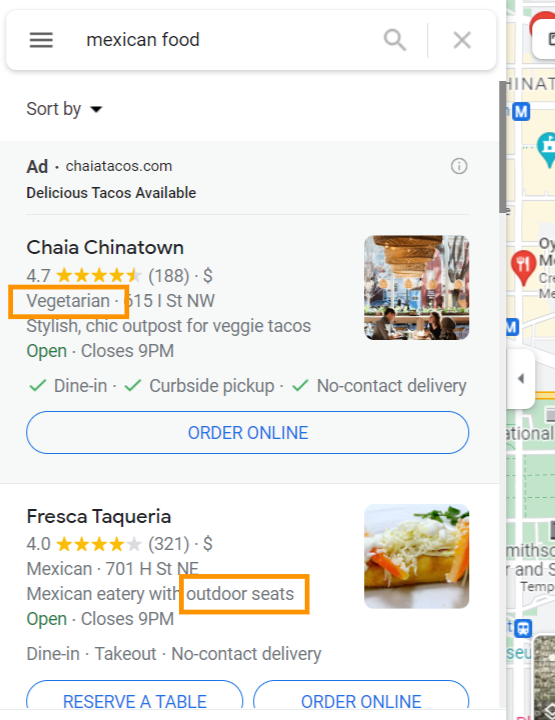 (The information that Google pulls depends on your business type.)
(The information that Google pulls depends on your business type.)
Creating Location-Specific Pages
To understand the details about a specific city or even neighborhood well enough to create a location-specific landing page, utilize an AI content optimizer like Content Fusion.
It provides insights about a location using NLP and machine learning to feed information about that query removing the leg work of research, even if you’re not personally familiar with that location.
Here’s a Content Fusion analysis for the query “nob hill hotel” — a hotel in San Francisco.
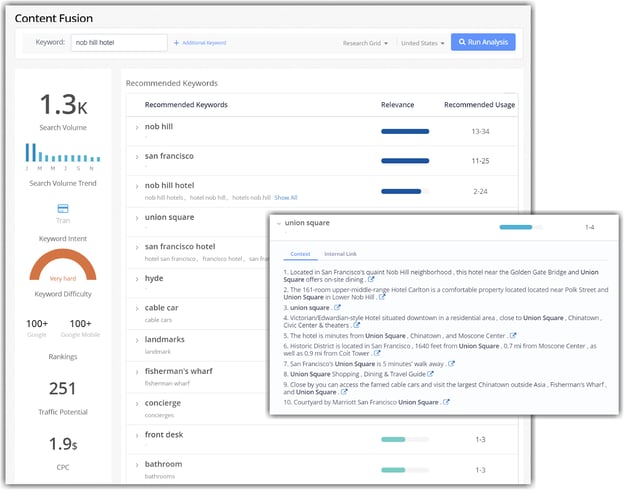 (Use AI insights to familiarize yourself with any location.)
(Use AI insights to familiarize yourself with any location.)
#6. Updating Your NAP
Your name, address, and phone number (NAP) should always be up-to-date. Although, many now refer to this as NAP+W, with the "W" standing for web URL.
But, it’s crucial to verify that your NAP is correct for where your customers expect it. Have this information in place for real searchers, not the search engine algorithm.
There was a time when having your citations updated in every place possible on the internet was important for the search engines, but this isn’t the case anymore.
Where to Keep Your NAP Updated
The primary location you’ll want to confirm NAP accuracy is Google, but also Apple, Bing, and Facebook Local.
Businesses don’t always think about these other search engines!
Then there are industry specific niches, like Yelp for restaurants, salons, and professional services, and TripAdvisor for hotels and tourist attractions.
You can manage citations with the right local SEO tool. We’ve compiled some of the best local SEO tools on the market to help you with your search.
Recommended Reading: Local SEO Strategies: How to Boost Your Local Search Visibility
Local SEO Challenges Specific to Service Area Business
Some businesses are purely service-based, which means they have no physical storefront. Take a delivery service or professional services like plumbing, for example.
This presents a unique challenge in earning online search visibility, but it is still possible.
#7. Securing a Google Business Profile with No Physical Location
For service-oriented businesses, it can be difficult to earn search visibility, but it is still possible to secure a Google Business Profile.
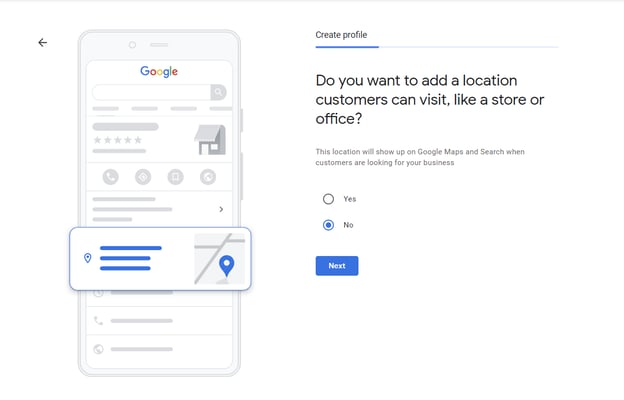 (Tell Google that you’re a business with no physical store when setting up your Business Profile.)
(Tell Google that you’re a business with no physical store when setting up your Business Profile.)
The only extra hurdle to go through is receiving a postcard to the specified address to prove the business exists. That’s because SABs cause the most spam on Google Maps.
Because of this, there’s more to go through in order to become verified on Google.
It’s a requirement to be manually approved.
Manually Approving Your Google Business Profile
When you enter your address when creating your Business Profile for your SAB, Google will mail you a physical postcard to verify the address. The address you enter won’t be shared publicly, but it is used to verify authenticity.
The postcard will include a pin or password that you’ll enter to complete the Business Profile set-up. You’ll need to repeat this process if your service business operates in multiple locations.
Once you secure a Business Profile for your SAB, you’ll likely run into the same challenges listed above for physical stores. In this case, just follow the listed solution to each respective problem.
#8. Creating Location Pages
Creating location-specific challenges can require a lot of research if you’re not personally familiar with the location.
After all, location pages don’t just apply to physical businesses — SABs can also benefit from a location-specific page to address a particular market.
That means you can be creating location pages for tens or hundreds of locations across the country (or world!).

Creating Location-Specific Pages
The good news is that you don’t have to be an expert in every market in order to write about it with authority.
Content Fusion teaches you about the key landmarks and events relative to a particular location. This way, you can write about any location with authority.
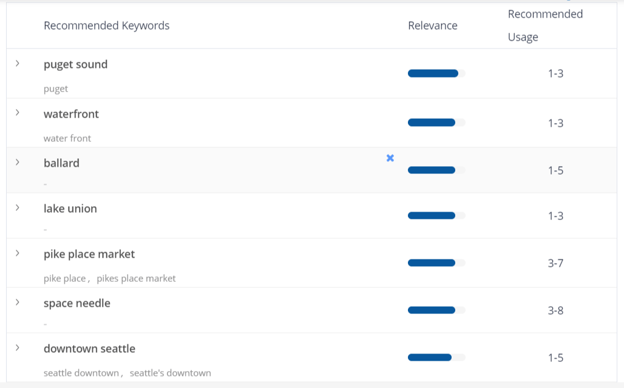 (Learn about a city like Seattle with enough expertise to write about it with authority.)
(Learn about a city like Seattle with enough expertise to write about it with authority.)
Conclusion
Although local SEO comes with its own challenges, there are solutions to each roadblock. Rest assured knowing that you’ll be able to earn search visibility whether or not you run a physical store.
Plus, don’t forget the best local SEO tools to help you get the job done right, including LocalClarity.



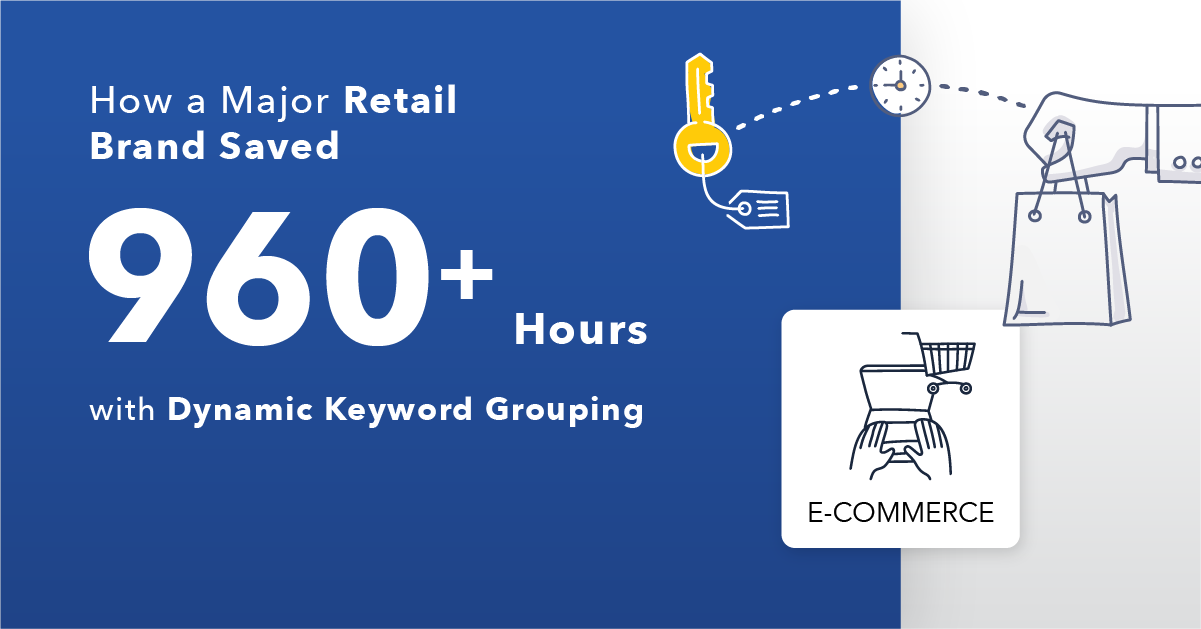


Comments
Currently, there are no comments. Be the first to post one!